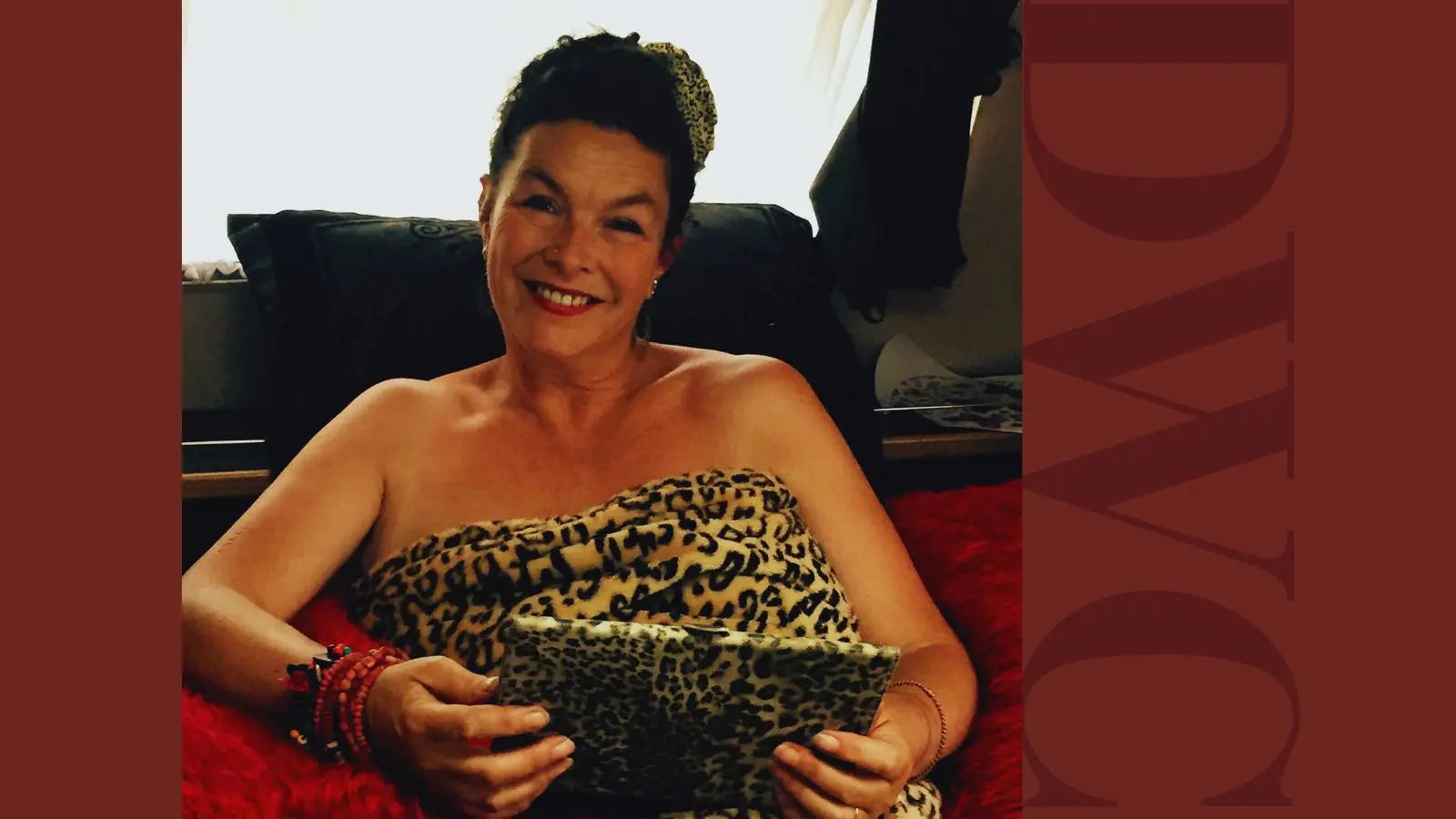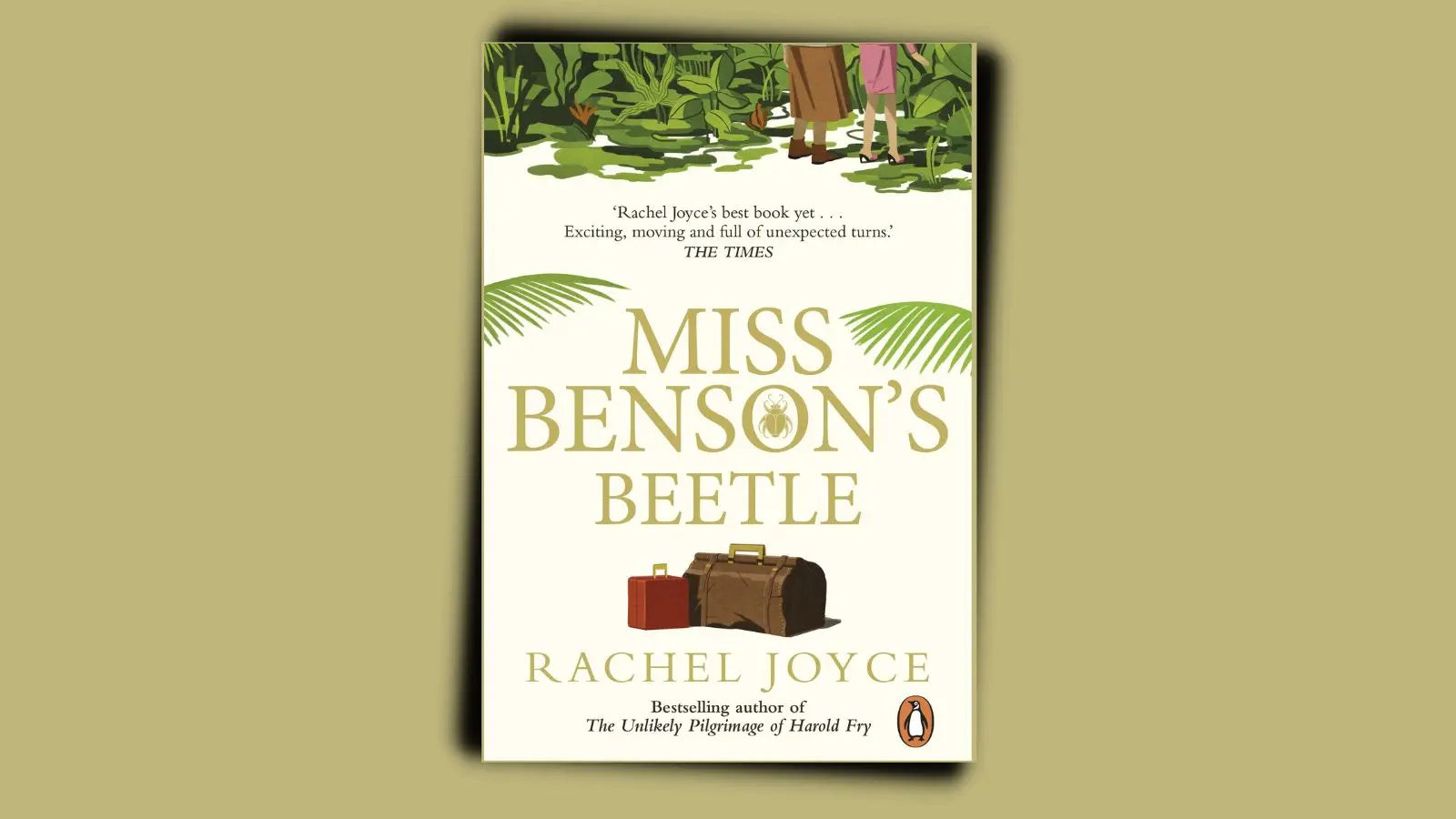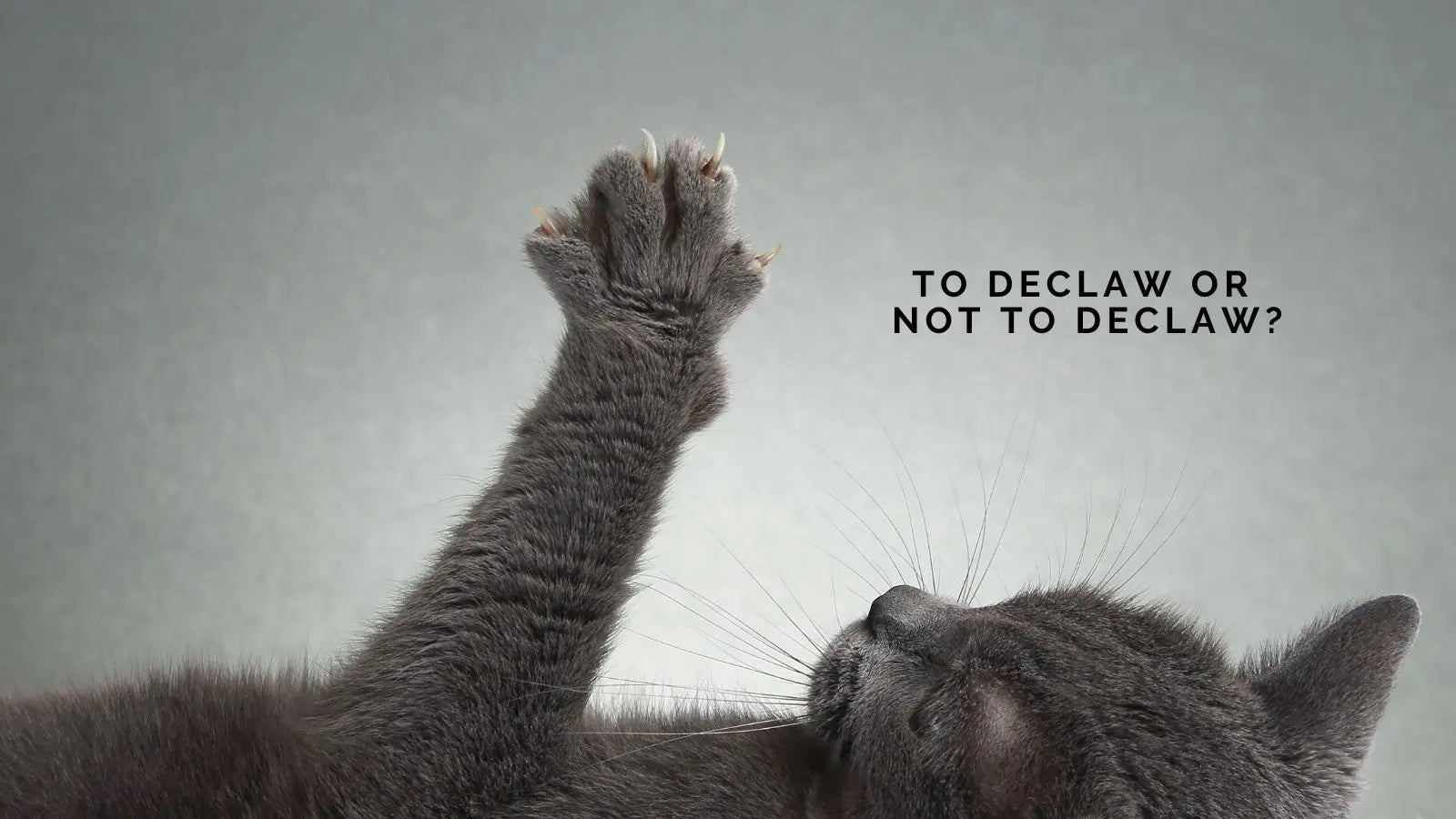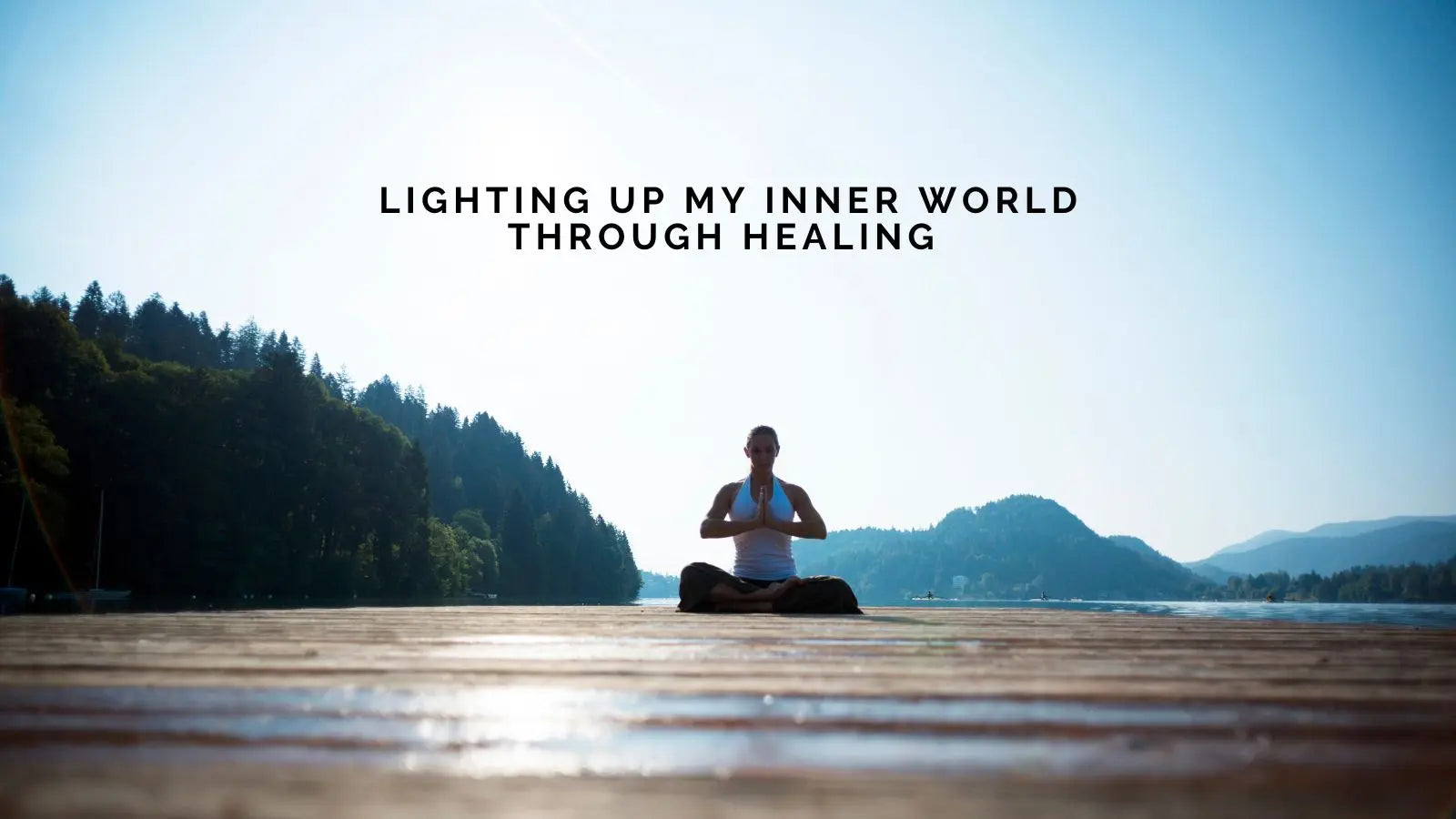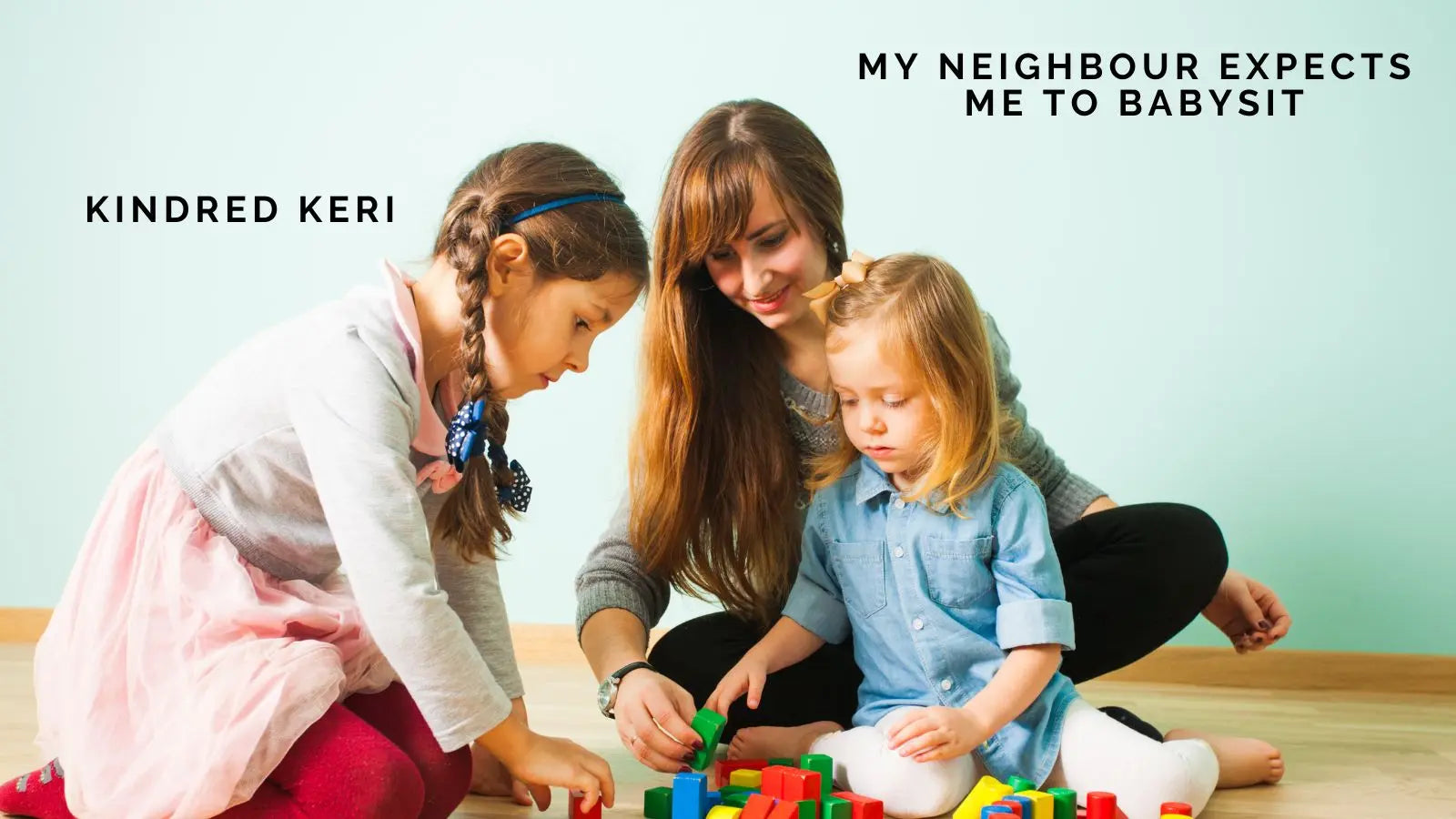
Photo: A reader shared this photo last year when the magazine was first released on 12 May 2024.
Some of you have asked how we reached a 33 million audience reach. Here's a breakdown of what worked for us, and the journey it took to get here.
First — This Didn't Happen Overnight
It took roughly eight months of intense work—12 to 16 hours a day, fine-tuning everything from SEO and presentation to how we distributed content. For those who’ve been following since the beginning, you know it wasn’t a smooth ride. There were at least two rounds of drama that temporarily derailed progress. I can’t share the details just yet due to ongoing legal matters, but let’s just say—it was the clearest sign yet that the magazine was worth fighting for.
Second — We Never “Sold” to the Audience
Every article was built around what our readers wanted or needed. We never pushed anything. Advertisements were clearly marked, and if someone connected with the offer—great. But there was no pressure. Our core audience is 94.5% women, aged 28 and up. That insight shaped everything we created.
Our Strategy Shifted with the Times
When Meta began rolling out major changes last July, we shifted our focus almost entirely to the website. Social media became a side note—we posted just enough to show we were active. But the magazine itself was always published directly to the site.
Why? Feedback told us readers didn’t want to click through multiple links just to get free content. So we kept it simple. We used direct links via Bit.ly and mini site links, and all of that fed into our reach metrics.
Building a Consistent Experience
We focused on a weekly newsletter—just one email every time a new issue went live. While we get the occasional unsubscribe (less than 1%), our average open rate holds strong at 35% weekly. That's a win.
We also ran giveaways with each issue, encouraging readers to share and engage—and that worked better for us than ads. Our major turning point came in March: a 2,380% jump in reach when we announced our one-year anniversary issue.
It Took a Village
We made it to one year. Was it easy? No. Was it worth it? Absolutely.
People like Mike Devlin and Charlotte McKissick stood by in front of me so I could stay focused. Pat Allchorne was a constant reminder that this mattered—even when it got tough. Contributors, advertisers, proofers, and photographers brought their energy and insights.
Julie Hayes challenged norms with content that caught the attention of Google and Meta. Elaine helped us move away from Google Drive and set up the initial email flow. (If you remember the first issue, you’ll recall the public link crashing because so many were trying to view it.)
And of course, readers like Kahuna Mbube, Emma Lucia Trossarelli, and Emily Mjomba—who have shared, commented, and supported us through every transition.
Why We Chose Website Over Socials
Let’s talk about the decision to make social media our last stop in distribution.
This isn’t a critique of social media—it’s just what we learned from our experience. When Meta started flipping algorithms—pages in feed one day, reels the next, and so on—it became clear that no one, not even creators, really knew what would be seen.
We tested ads. They worked, but we found giveaways gave us better results and meaningful interaction.
In contrast, the website gave us full control—layout, content, interaction, SEO, and feedback. If something needed tweaking, we tweaked and moved on. Simple.
Let me share a comparison: Last month, I posted in three groups asking for contributors for our anniversary issue. Over 500 comments came in. But here’s the thing—only 3 people followed through to the site, read the guidelines, and submitted articles. Just 3.
Why? Because social media is designed for doom scrolling. Clicking a link, going to a profile, sending a message—all of that interrupts the scroll. And if it interrupts the scroll, most people simply won’t do it.
Meanwhile, with email, I can respond to 60+ messages an hour. On socials? I’m limited to 4 DMs an hour, many of which get buried or filtered out.
On our site, every comment, message, and submission is tracked. Nothing gets lost. There’s less chaos, and more focus.
About Those Strict Submission Guidelines…
Yes, some felt our contributor guidelines were “too strict.” But we’re not changing them.
We didn’t get to 33 million by publishing random content. Every piece is carefully curated around what our audience wants or needs to read. That hasn’t changed, and it won’t.
What’s Next?
We’re not done. There’s still so much to build.
This year, we’re focusing on increasing comments and engagement directly on the site, boosting social shares, and expanding our reach on Pinterest. We also aim to grow our presence in organic search—some of our content is already on Google’s first page, and we want more of that.
If you want to be part of our journey, contribute, or just follow along as we count down to our anniversary—reach out. Message or comment. We’re here for it.
Thank you to everyone who brought light during the dark. This issue is for you.
With love and light.
_(24).jpg)

